10 Things You Should Know Before You Travel to Bhutan
Remote monasteries, stunning scenery, rich culture, and spicy dishes make a visit to Bhutan the adventure you're craving. Here's what you need to know before visiting.
 Photo © Dat Vu/Winner of World Nomads Travel Photography Scholarship 2010
Photo © Dat Vu/Winner of World Nomads Travel Photography Scholarship 2010
Bhutan is a harmonious society, where culture and traditions remain intact – a country where high-altitude peaks are forbidden to climbers, and Gross National Happiness is more important than Gross National Product. Here's what to know before traveling to the Kingdom of Bhutan, and some tips to help you get the most out of your trip.
- Flying into Bhutan
- Traveling independently in Bhutan
- Tourism fees (aka the Sustainable Development Fee)
- When to visit Bhutan
- How to dress in Bhutan
- Top things to see and do in Bhutan
- Internet and SIM cards in Bhutan
- ATMs and cash in Bhutan
- What to eat and drink in Bhutan
- Get off the beaten track and see eastern Bhutan
Flying into Bhutan
Flights into Bhutan are heavily weather-dependent, and conditions can be quite unpredictable. Flights do not operate at night or in poor conditions, so flights can be delayed – sometimes for a few days. Keep basic necessities in your carry-on baggage to get you through any potential delays or unexpected stopovers.
This airport is particularly dangerous due to its location in a deep valley, which is surrounded by mountain peaks as high as 18,000ft (5,000m).
If you're flying internationally and require a connecting flight to Paro, your luggage will not be checked in all the way to Paro via your first flight. You’ll need to recheck your luggage at the counter before you catch a connecting flight. This is important to note if you've got a connecting flight and require the time to go through immigration, collect your luggage and check-in again.
Search for flights to Paro with Bhutan Airlines or Drukair.
Traveling independently in Bhutan
One reason Bhutan has maintained so much of its traditional culture is that it has made efforts to limit overtourism.
Prior to the COVID pandemic, all travelers to Bhutan were required travel with a government-approved guide and driver. This rule was waived once the borders reopened in 2022, and travelers can now book their own guides and accommodations. However, a guide is still required for traveling beyond Thimpu and Paro and when visiting monuments and dzongs. All treks must be done with an accredited tour operator or guide.
Even within Paro and Thimpu, hiring a Bhutanese guide is strongly recommended, as they will help you navigate the customs, communicate with the locals, and get more out of your experience.
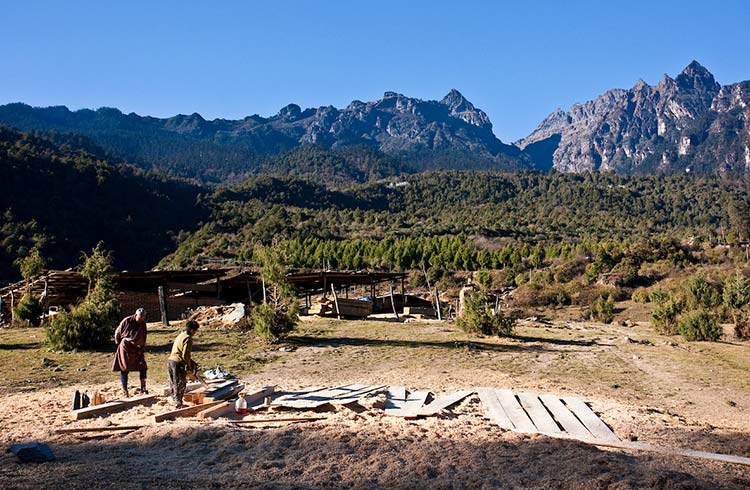
Tourism fees (aka the Sustainable Development Fee)
Bhutan requires travelers to pay a daily visitor fee (called a Sustainable Development Fee or SDF). This was set at USD $200/day when tourism resumed in 2022 but was dropped in 2023. The current SDF is USD $100 for adult visitors from all countries except India. For children between 6 and 12, the fee is US $50 – for children under 6 there is no fee. (Indian passport holders pay 1,200 ngultrum per person, per night).
When to visit Bhutan
Bhutan has multiple climate zones due to its varied terrain, ranging from subtropical lowlands to alpine tundra. But overall, the best time to visit is spring (March-May) and fall (late Sep-Nov) when the weather is dry and mild. Spring offers rhododendron blooms and clear views, while fall is brisk and sunny.
Summer (Jun-mid Sept) is monsoon season, though rain can begin as early as April. Trekking during the height of monsoon season is best avoided due to swollen rivers, mud, and the risk of flash floods.
October is the most popular month in Bhutan due to excellent trekking weather and some of the most popular festivals.
To avoid the crowds, consider visiting eastern Bhutan in Feb-Mar, when the weather is already pleasant. Dramatic festivals take place this time of year as well, such as Punakha Drubchen.
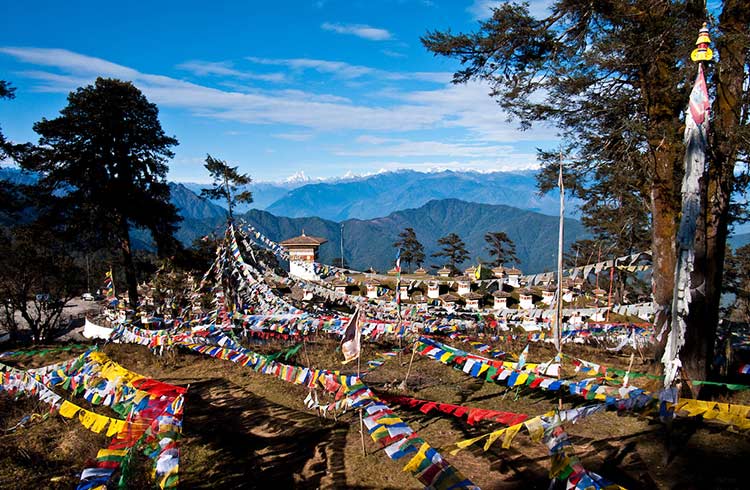
How to dress in Bhutan
Visitors should dress modestly, especially when visiting a dzong or monastery (a dzong is an ancient fortress with towers, courtyards, temples, and administrative offices).
Before entering a dzong you need to dress appropriately. Bhutanese have an official dress code for such visits. Foreign travelers aren't expected to wear the traditional gho or kira, but you should make sure your clothing covers your arms and legs. No hats, shorts, short skirts, flip-flops, or t-shirts can be worn inside – instead, wear a long-sleeved, collared shirt, and trousers instead of jeans.
Here are a few other unique laws and customs in Bhutan.
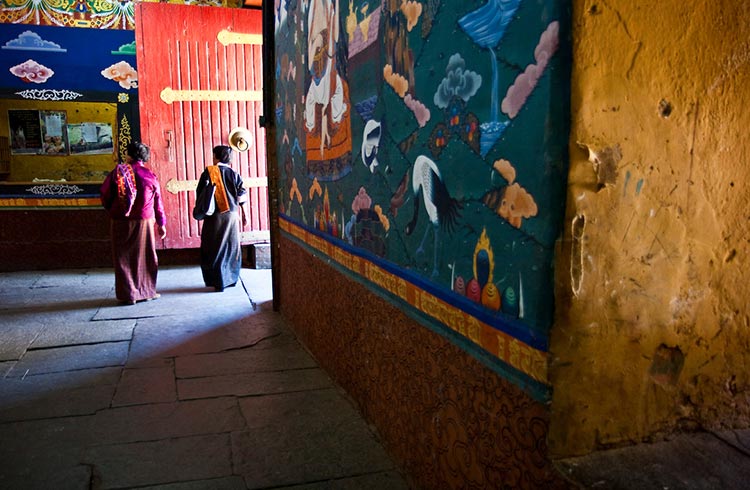
Top things to see and do in Bhutan
Lovers of traditional culture, natural beauty and outdoor adventures will find no shortage of activities here.
Dzongs and monasteries
Bhutan is strewn with dzongs, temples, and monasteries offering gorgeous settings, striking architecture, and an insight into Bhutan’s Buddhist traditions.
One of the most iconic is the Tiger's Nest Monastery perched on the side of a cliff 10,000ft (3,000m) above sea level. To reach it, drive (via taxi) 20 minutes north of Paro, and start the 4-5-hour hike up to the monastery from the car park. The 4mi (6.5km) return trip has an elevation gain of 1,700ft (520m), which is not too difficult for a day trip if you’ve spent time acclimatizing in Paro (7,220ft/2,200m).
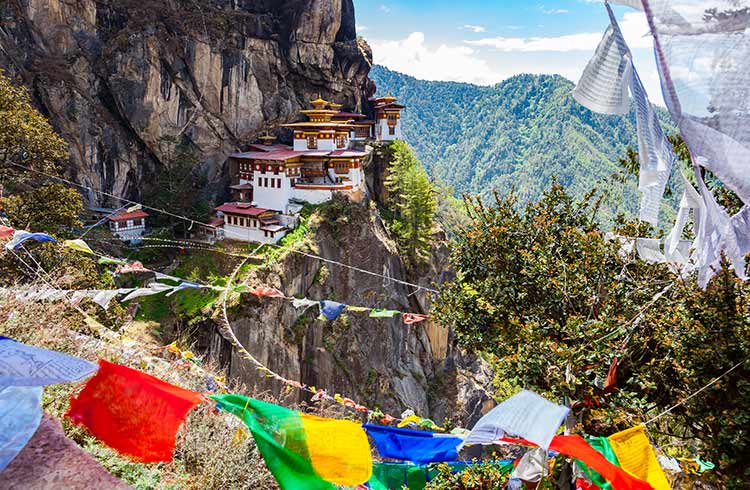
Punakha Dzong, aka the “Palace of Great Happiness,” is arguably the most important dzong in Bhutan and the most beautiful, especially when surrounded by lilacs in spring. But the massive Trongsa Dzong in central Bhutan might be the most spectacularly located and gets far fewer visitors.
Trekking and white-water rafting
Bhutan’s Himalayan landscapes offer many opportunities for trekking. Because all treks must be done with a certified guide, it’s more expensive here than some other destinations, but also less crowded. Depending on your fitness and experience level, you can choose from a challenging trek like the newly reopened, 36-day Trans-Bhutan Trail, moderate treks like the 6-day Jumolhari Trek which blends scenery and culture, or the easy, 3-day Owl Trek which passes through several traditional Bhutanese villages.
Bhutan's six major rivers, fed by the Himalayas, offer rafting opportunties at all levels. A multi-day trip will let you visit villages and cultural sites without traveling by road – or just go for an adrenaline-filled afternoon.
Festivals
Honoring Bhutan’s religious and cultural heritage through music, rituals, and dance, Bhutan’s festivals are famously unique and colorful – many visitors come here for the festivals alone. For popular festivals like the Black-Necked Crane Festival or Thimpu Tschechu, it’s important to plan well in advance. But smaller, lesser-known festivals are held all over the country, all year round.
Planning a trip to Bhutan? Find out how travel insurance can cover adventure activities, lost or stolen baggage, sudden illness and more.
Internet and SIM cards in Bhutan
There are two mobile network providers in Bhutan: B-Mobile SIM and TashiCell. SIM cards can be purchased at the Paro airport or from the providers’ retail outlets or kiosks, but make sure you unlock your phone before you insert the SIM card. 2G, 3G, and 4G connectivity are available (and 5G is in the works).
WiFi is available in most hotels, particularly in major cities, but a guest SIM card is recommended for more reliable service.
Connectivity might be touch-and-go, but in a country that is still largely disconnected from the outside world, this is one of the best things about traveling in Bhutan.
ATMs and cash in Bhutan
ATMs are available in major towns around Bhutan. The three banks that accept foreign credit cards are Bank of Bhutan, Bhutan National Bank, and Druk Punjab National Bank. Travelers can withdraw money using a Visa or MasterCard, but beware of the fees.
Your best option is to get cash out in Thimpu or Paro before you venture further afield. It’s also recommended to download one of the digital wallet apps, goBob (from Bank of Bhutan) or MyPay (launched by Bhutan National Bank). Cash in US dollars and Indian rupees are also widely accepted.

What to eat and drink in Bhutan
Bhutanese food is delicious, and often quite spicy. The most famous dish is ema – rice and red chilies topped off with a delicious cheese sauce. Kewa datshi is made up of sliced potatoes and cheese – usually with chilies, too. Try shakam paa, dried beef cooked with (you guessed it) chilies and radish.
If you love dumplings, momos are everywhere in Bhutan. Fried or steamed inside a flour dough, these meat, cheese, or vegetable-filled snacks are best enjoyed with a chili sauce. You'll find momos at most restaurants and street food stalls.
Tap water is not generally safe for foreign travelers, so stick to bottled or filtered water. But Bhutan does make excellent whiskey and a range of local beers!
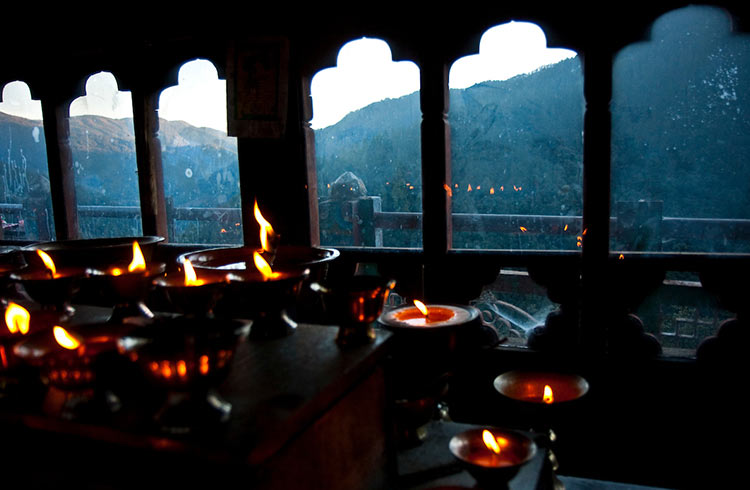
Get off the beaten track and see eastern Bhutan
Most travelers fly directly into Paro and take trips from here to Thimpu, Punaka, and then back to Paro.
Instead, get off the tourist trail by making your way southeast from Paro to the town of Samdrup Jongkhar, Bhutan’s oldest town and the gateway to eastern Bhutan.
Eastern Bhutan is rarely visited by travelers, and there is much to see on this side of the country. Discover secluded valleys and nature reserves, home to the very rare black-necked cranes. Local festivals in districts such as Trashigang and Mongar will provide an authentic experience of the local culture, far different to the touristy festivals that occur in and around Paro.
Related articles
Simple and flexible travel insurance
You can buy at home or while traveling, and claim online from anywhere in the world. With 150+ adventure activities covered and 24/7 emergency assistance.
Get a quote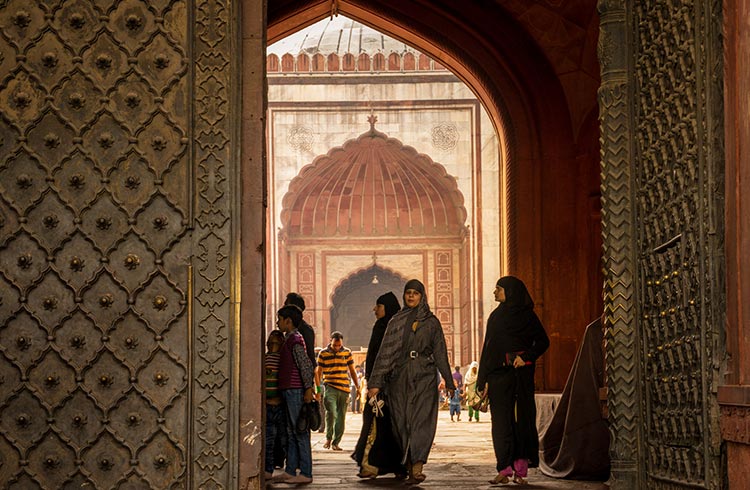

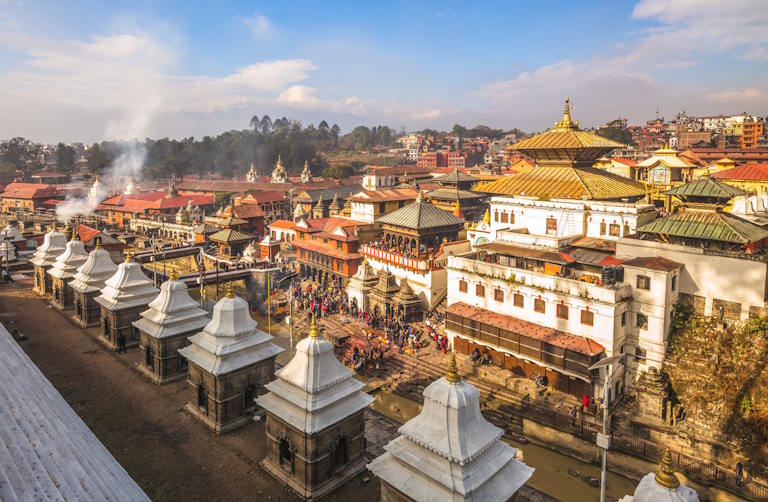
13 Comments
Hi,
Nice blog and content. Another important is Smoking is ban in Bhutan.
Cheers
Tshewang Penjor
https://bhutanculturaltravel.com
Great blog, lots of cool facts on Bhutan. Here are a few more: Bhutan is a very unique nation built around the practice of sustainable development. It happens to be the world's only carbon-negative country and our constitution mandates that 60% of it's landmass be protected under forest cover. Plastic bags and tobacco are banned in the country for environmental reasons. We have switched from the western idea of 'Gross National Product' to 'Gross National Happiness' and actually measure the population's happiness using various indicators. We have an extremely ambitious goal of becoming a 100% organic nation by 2020. Bhutan was awarded 1st place among the 2018 Sustainable Destinations Top 100 'Earth Award' Series in recognition of its efforts towards responsible tourism and distinctive appeal.
Contact me for further information. :)
Cheers,
Bivatsu ( info.himalayanmarvels@gmail.com)
Bhutan is the place where I want to go back again and again. I have visited that place with my family for a couple of times.
Your blog post reminds me of these times and that was an amazing travel guide for me.
Your photos are stunning, take love.
what are the expenses incurred in bhutan ? do u hv pay US $ 250-290 to the government each day for number of days u are staying in bhutan ?
Amazing Blog. I love all the photographs. Bhutan is one of my favorite travel destinations. I am looking forward to visiting Bhutan again so I can explore the places that I missed the last time :)
Thank-you for the travel tips & country information. I shall be traveling to Bhutan by year’s end and am very much looking forward to experiencing it’s wonderful culture.
Thank you for sharing!
Hey.. It isn't true that you have to cover up your body parts and be so confined. Bhutan is a modern country and it accepts modern assets like clothes. Yes, to wear the national dress is important but no Bhutanese would expect tourist to wear the national dress, after all they are the guest and are new to bhutan. So, if you are visiting Bhutan don't hesitate to wear your style but remember there is no beach out there. Bhutan is a beautiful country and it respects its tourists 😁
Wow! What a say. You have written very well Words and the tone to speak to them are the mirror of a human being, what is the appearance of the face, it often 'changes' with age and circumstances. Thanks for this post
Hello, thank you very much for the cool article. It was an awesome read. It's always fun to read other people's perspectives about the things you love afterall.
Slight issue (don't know if it can be called an issue, but I wanted to bring it up nonetheless, in hopes it'll be helpful); the fifth photo in the article, the walking around the Dzong photo, does not actually have a Dzong in it so technically, it is false.
The tall, tower is what we call The Thimphu Clock tower (I am not aware of the formal/official name) and it is not considered a Dzong.
Good day.
Hi Samten,
Thanks for the catch! We've fixed the photo caption.
Best,
Ellen
A helpful quick succinct guide about Bhutan. Thank you Amelia and WN ~ BridgeToBhutan
Loved this post! Bhutan has always intrigued me with its unique culture and stunning landscapes. These tips are super helpful — especially about the daily tourist fee and respecting local customs. Definitely saving this for when I plan my trip.